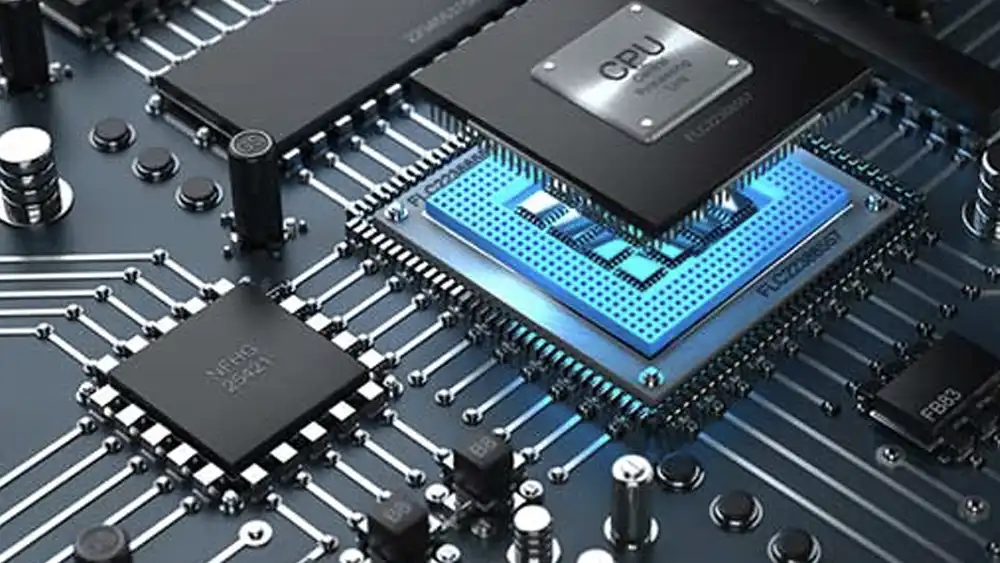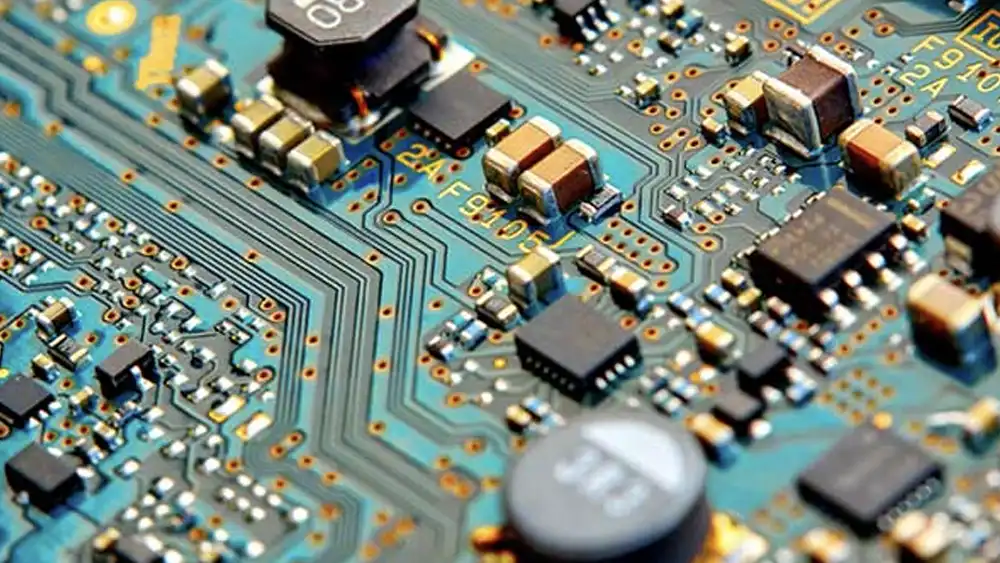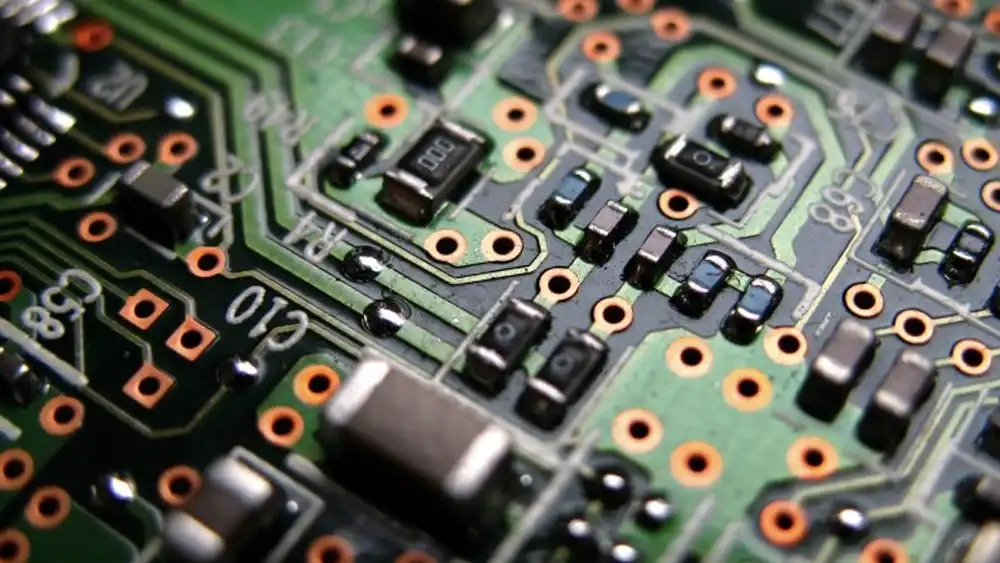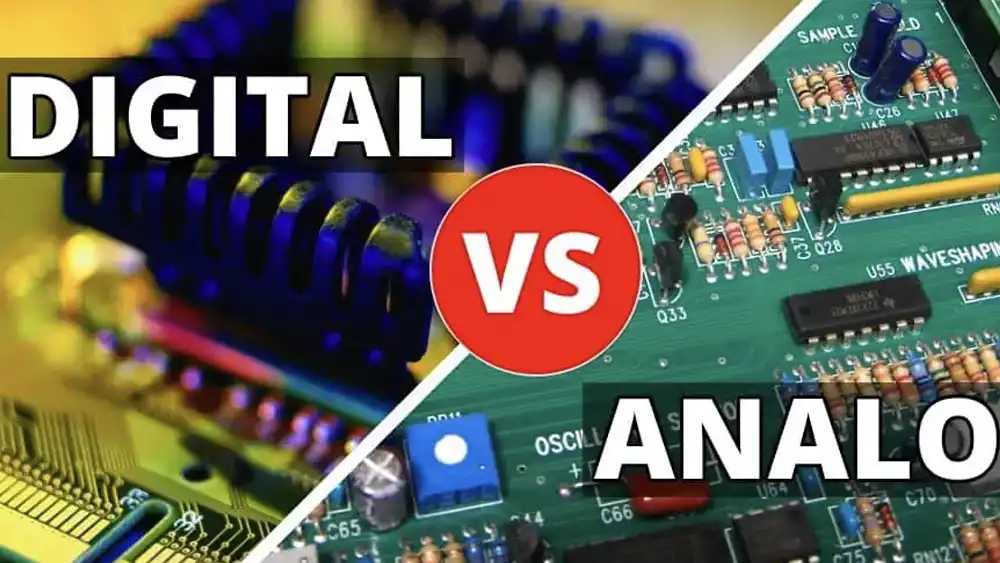Have you ever stopped to marvel at the tiny computers nestled within your smartphone, laptop, or even your toaster? These technological marvels wouldn’t exist without the brains behind them: digital integrated circuits (ICs). These microscopic marvels pack a powerful punch, cramming billions of transistors onto a single silicon chip. But what exactly are digital ICs, and how do they work their magic?
In this blog post, we’ll unveil the fascinating world of digital ICs, exploring their fundamental concepts, design process, and the applications that power our modern world. So, get ready to shrink down to the microscopic level and discover the building blocks of our digital age!
What Are Digital Integrated Circuits

Introduction to digital integrated circuits:
Digital integrated circuits, also known as digital ICs or logic circuits, are tiny electronic devices that contain a bunch of electronic components all on a single chip, typically made from semiconductor material like silicon. These components work together to process information in the form of digital signals.
Here’s a breakdown of what makes them tick:
- Digital Signals: Unlike analog circuits that handle continuous signals, digital ICs deal with discrete signals. Imagine a light switch – it’s either on (1) or off (0). That’s the kind of signal digital circuits use.
- Building Blocks: The basic building blocks of digital ICs are logic gates. These are like tiny switches that perform simple operations on the digital signals, following the rules of Boolean algebra. There are different types of logic gates, each with its own function (AND, OR, NOT, etc.).
- More Complex Circuits: By combining these logic gates and other digital components like flip-flops and multiplexers, digital ICs can perform more complex tasks. They’re the workhorses behind many electronic devices we use today.
Think of a digital IC as a microscopic assembly line for information. It takes in digital inputs, processes them according to its design, and produces a specific digital output.
Here are some examples of digital ICs you might find in everyday devices:
- Microprocessors: The brains of computers, processing instructions and data.
- Memory ICs: Store information, like RAM and ROM chips in your computer.
- Microcontrollers: Tiny computers that control specific functions in devices like washing machines or drones.
Digital ICs are fundamental to the digital world we live in. Their miniaturization, efficiency, and ability to perform complex tasks have revolutionized electronics and continue to be a driving force in technological advancements.
Digital Integrated Circuit Series

Absolutely! Digital integrated circuits (ICs) are often categorized into series based on factors like their logic family or manufacturer. Here’s a deeper dive into two popular series:
1. 7400 series:
- Introduced in the mid-1960s by Texas Instruments, the 7400 series is a classic and widely used family of Transistor-Transistor Logic (TTL) digital ICs.
- TTL uses bipolar transistors as its basic building blocks.
- The series offers a broad range of logic gates (AND, OR, NOT, etc.) and other digital functions like flip-flops and counters.
- Each IC in the series has a unique part number starting with “74,” followed by three digits indicating the specific function. For example, the 74LS00 is a quad NAND gate IC.
- Due to their popularity, other manufacturers produce pin-compatible ICs with the same basic functionalities but under different prefixes (e.g., 4000 series for CMOS logic).
- While still relevant, the 7400 series is increasingly being replaced by more modern CMOS (Complementary Metal-Oxide-Semiconductor) based ICs due to lower power consumption and higher density.
2. 4000 series:
- The 4000 series is another popular family of digital ICs, but instead of TTL technology, they use CMOS logic.
- CMOS offers several advantages over TTL, including lower power consumption, higher density (meaning more complex circuits can be packed on a single chip), and greater immunity to noise.
- Similar to the 7400 series, the 4000 series offers a wide range of logic gates and other digital functions, often with part numbers that correspond to similar functions in the 7400 series (e.g., the 4001 is a quad NAND gate like the 74LS00).
These are just two examples, and there are many other digital IC series available, each with its own characteristics and functionalities.
Here are some additional points to consider:
- Digital IC series are constantly evolving as new technologies emerge.
- Within a series, there might be sub-categories with specific features, like low-power variants or versions with higher operating speeds.
- The choice of an IC series for a particular application depends on factors like power requirements, performance needs, and cost.
If you’re interested in learning more about specific digital IC series, you can search for their datasheet provided by the manufacturer. Datasheets contain detailed information about the functionalities, pin configurations, and electrical specifications of the IC.
How Digital Integrated Circuits Work

Digital integrated circuits (ICs) are the tiny workhorses behind most modern electronics. They process information using digital signals, which are essentially on (1) or off (0) states, like a light switch. Here’s a breakdown of how they function:
Building Blocks: Transistors and Logic Gates
- Transistors: These are the fundamental building blocks of digital ICs. They act like electronic switches, controlling the flow of current based on an input voltage. By arranging transistors in specific ways, we create logic gates.
- Logic Gates: These are the basic computational units of digital ICs. They perform simple operations on digital signals according to Boolean algebra. Common logic gates include AND, OR, NOT, NAND, NOR, XOR, etc., each with a unique output based on its input combinations.
Processing Information
- Combinational Circuits: These circuits consist solely of logic gates. They take digital inputs, process them through the gates based on their design, and produce an immediate digital output. Imagine a simple calculator performing basic addition – the logic gates determine the sum based on the binary inputs (numbers you press).
- Sequential Circuits: These circuits incorporate logic gates along with memory elements like flip-flops. Flip-flops can store the state of a digital signal (0 or 1) and change it based on specific conditions. This allows sequential circuits to not only process current inputs but also consider past inputs, enabling more complex operations. An example is a computer’s central processing unit (CPU), which uses sequential circuits to fetch, decode, and execute instructions.
Fabrication: Miniaturization and Integration
- Digital ICs are manufactured on a thin silicon wafer using a complex process called photolithography. This process allows for the creation of microscopic transistors and interconnecting pathways on the wafer. Billions of these tiny components can be integrated onto a single chip, leading to very complex circuits.
Putting it all Together
Digital ICs follow a specific design process that translates a desired functionality into a circuit layout using logic gates and other components. This layout is then manufactured onto a silicon chip. When powered and provided with digital inputs, the transistors within the ICs switch on and off based on the design, manipulating the flow of current to perform the intended operation. The final output is a digital signal representing the processed information.
Examples of Digital ICs:
- Microprocessors (CPUs)
- Memory chips (RAM, ROM)
- Microcontrollers
- Application-specific integrated circuits (ASICs)
By combining these building blocks and fabrication techniques, digital ICs have become essential components in everything from computers and smartphones to medical devices and industrial controls. Their ability to process information efficiently and reliably has revolutionized the world of electronics.
Difference Between Analog and Digital Integrated Circuits

The key difference between analog and digital integrated circuits (ICs) lies in the way they handle information:
Signal Representation:
- Analog ICs: Deal with continuous signals. Imagine a water current flowing through a pipe – the amount of water flowing can vary constantly. Similarly, an analog signal can take on any value within a range. Analog ICs process things like sound waves, temperature variations, and light intensity.
- Digital ICs: Work with discrete signals. Think of a light switch – it’s either on (1) or off (0). Digital ICs represent information using these two distinct voltage levels. They’re perfect for processing data, performing calculations, and controlling digital devices.
Circuit Components:
- Analog ICs: Utilize components like resistors, capacitors, transistors, and operational amplifiers (op-amps) to amplify, filter, or modify analog signals.
- Digital ICs: Primarily rely on logic gates (AND, OR, NOT, etc.) built from transistors. These gates perform logical operations on digital signals.
Applications:
- Analog ICs: Found in audio amplifiers, radio frequency (RF) circuits, sensor interfaces, and power management systems.
- Digital ICs: Form the core of computers, microcontrollers, memory chips, and digital communication devices.
Here’s a table summarizing the key differences:
| Feature | Analog ICs | Digital ICs |
|---|---|---|
| Signal Type | Continuous | Discrete (0 or 1) |
| Circuit Components | Resistors, capacitors, transistors, op-amps | Logic gates (AND, OR, NOT, etc.) |
| Applications | Audio, radio, sensors, power management | Computers, memory, communication, control |
| Processing | Amplification, filtering, modification | Logical operations, calculations |
In a nutshell:
- Analog ICs are the bridge between the continuous physical world and the electronic realm, handling real-world signals.
- Digital ICs provide the foundation for the digital world, processing information in a precise and efficient manner using discrete signals.
Conclusion
Digital integrated circuits (ICs) are the tiny marvels that power the digital world around us. From the smartphones in our pockets to the complex machinery in factories, digital ICs are essential for processing information efficiently and reliably. By understanding their basic principles, we can appreciate the remarkable technology that shapes our lives.
Want to learn more about how digital ICs are designed and fabricated? Explore our website for a deeper dive into the fascinating world of IC design, manufacturing processes, and their ever-evolving applications.
Let us know in the comments below if you have any questions or areas of interest related to digital ICs. We are here to ignite your passion for the world of technology!